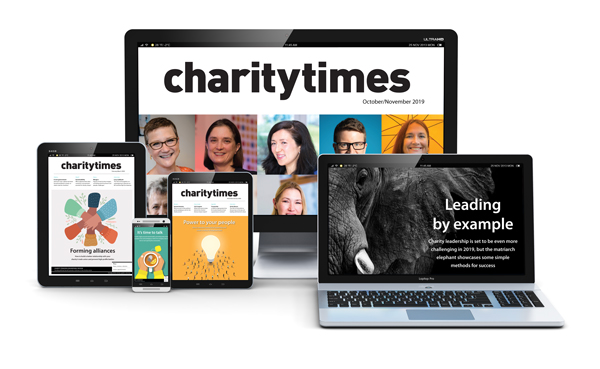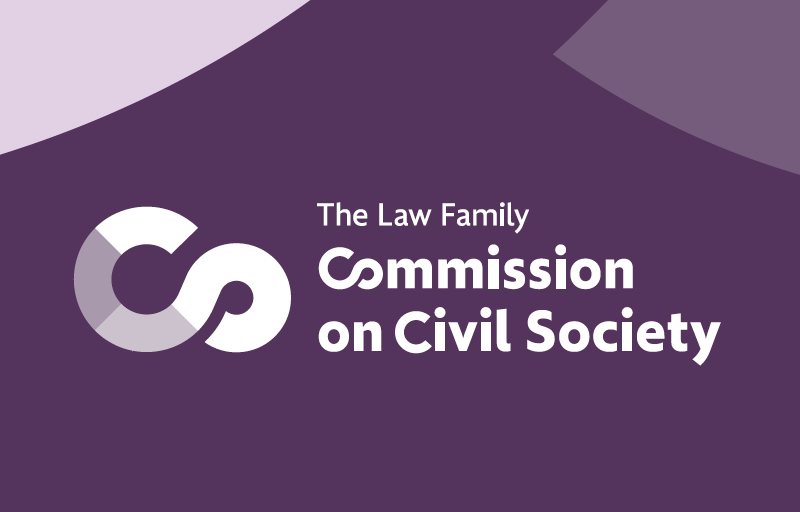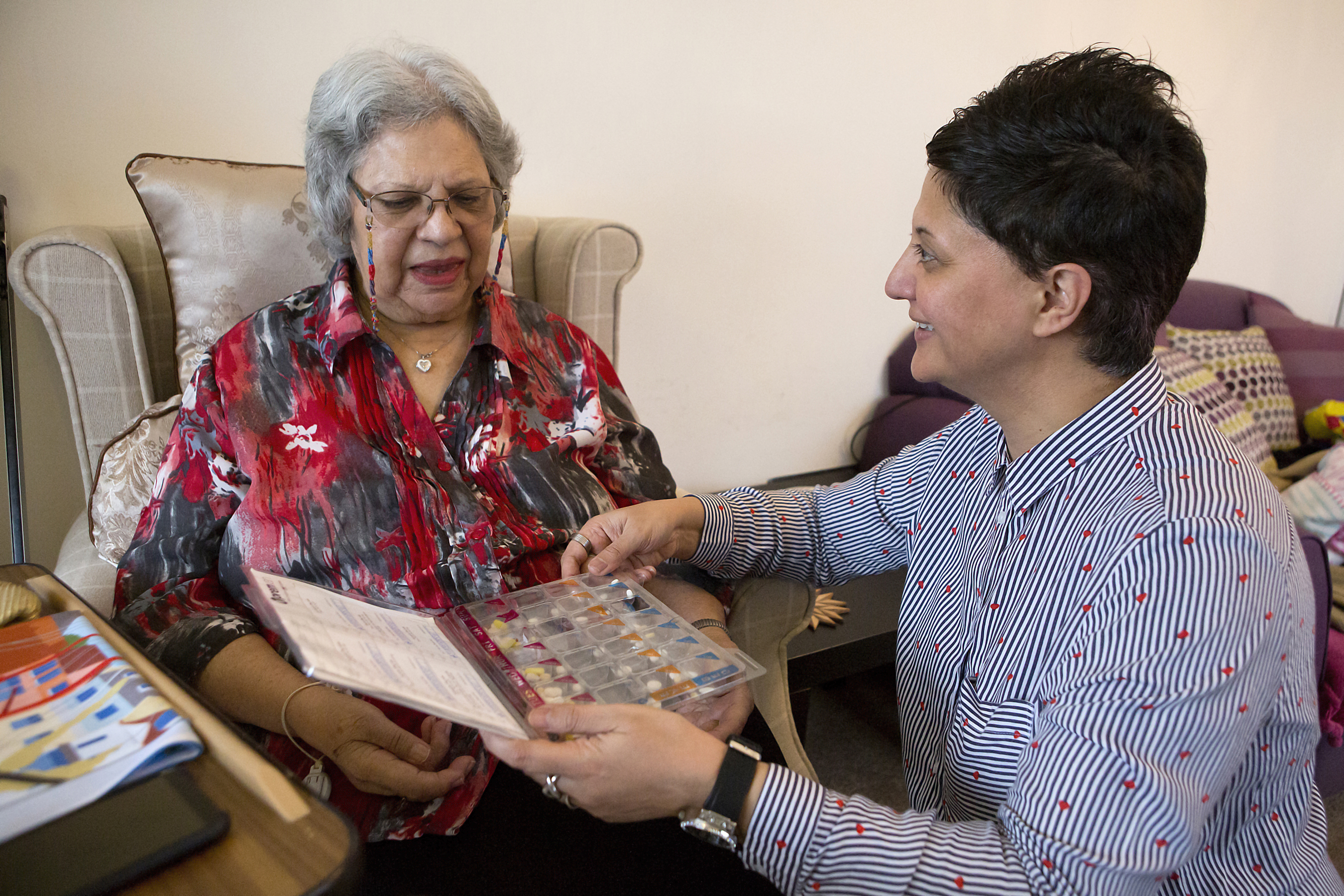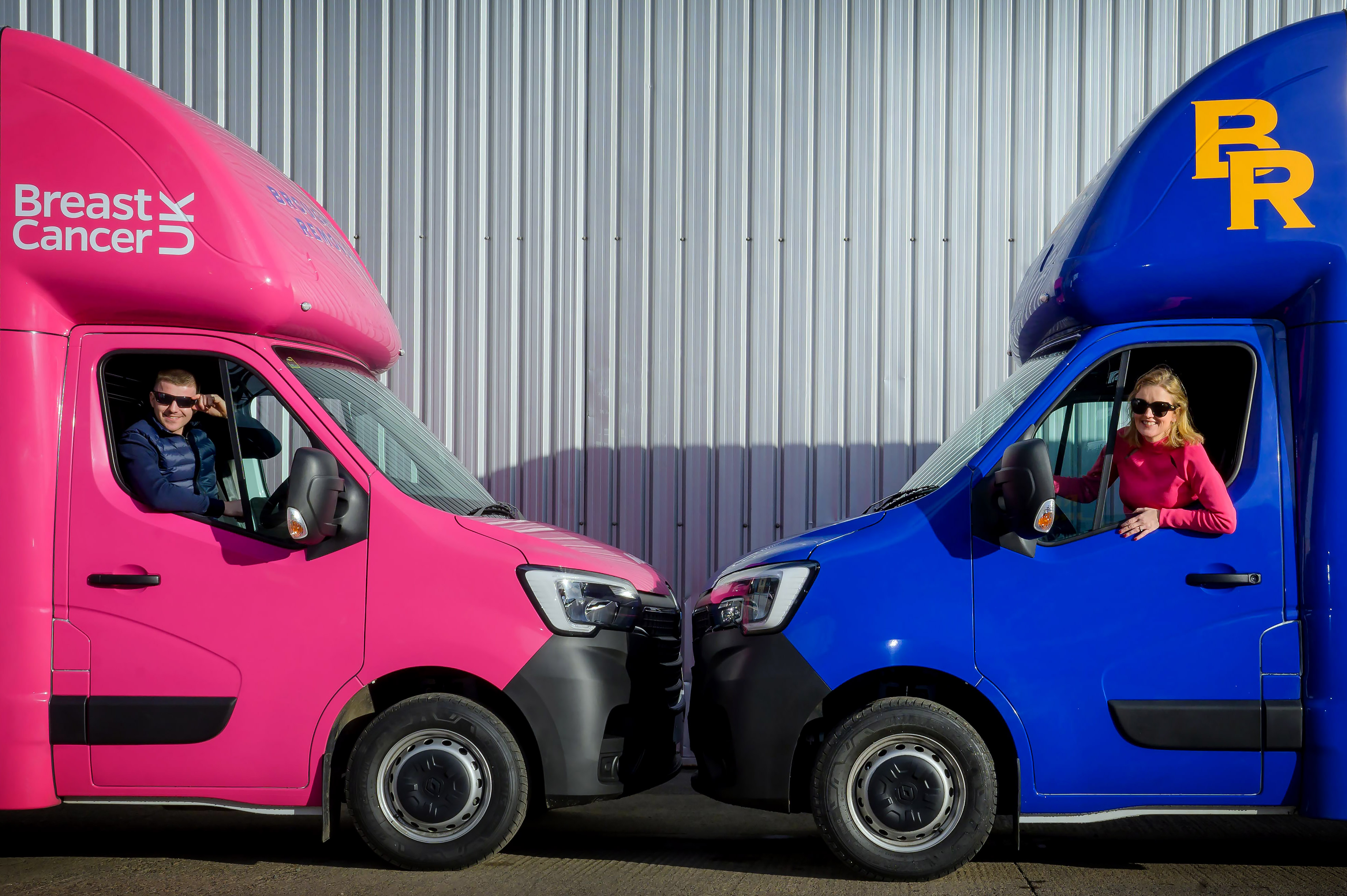Rosie Gordon Lennox, senior creative lead at Hubbub, describes how social media has affected charities, how the charity won the Charity Times 2021 social media award and what it can mean for the future online.
------------------------------------------------------------------------------------------------
Melissa: How has social media changed for charities, particularly during the pandemic?
Rosie: Social media is interwoven into nearly every aspect of our lives and during the pandemic in particular, charities have seen the impact that their work can have digitally and more immediately.
For us at Hubbub, social media has allowed us to speak directly to our target audiences, tailor our communications and engage in more two-way conversations, cutting out the ‘middleman’ of media or paid advertising routes.
The pandemic opened the doors to many new opportunities and accelerated existing trends such as working from home and shopping online. It amplified the role social media was starting to play as an all-encompassing ‘one stop shop’ for our everyday lives - both for individuals and organisations. What started with messaging and events primarily has now led to the creation of features such as ‘donate’, ‘fundraise’, ’buy’, ‘collaborate’, go ‘live’, and ‘advertise’ to new audiences – all through the click of a button (or two). These features enable people to engage in more impactful and tangible ways.
With networking and fundraising events put on hold due to Covid-19, social media has provided a huge opportunity for us, and charities more generally, to diversify from physical events to online events and engagement. Whether it’s inspiring audiences to act in real life by writing to their MPs, supporting and communicating with beneficiaries, or sharing impact with fundraisers – social media has allowed us to fulfil our business goals in a more reactive way than ever before, allowing us to tap into wider trends and stay relevant to people's everyday lives. And I think that’s here to stay.
And it’s not just charities, it's enabled grassroots collective action to have as big a voice too. During the pandemic, we saw Covid-19 mutual aid and community participation groups born on social media and Black Lives Matter protests rallied on social media.
Melissa: As winners of the Charity Times Awards 2021 social media award, what do you think made you stand out?
Rosie: We’re grateful to be awarded this! Thank you. I think what made us stand out overall was the way in which we re-imagined and pivoted our whole approach to achieve our organisation goals almost entirely digitally through social media – achieving positive environmental impacts but also social ones too.
Pre-pandemic our work was campaign led, raising awareness around specific environmental issues by bringing people together through on the ground activity – this led our social communications, yet as Covid-19 took hold we adapted our campaigns to become purely digital, providing varied, useful and practical content that supported people socially in adapting to the pandemic whilst reducing their environmental impact. We did this quickly and used insight from public polling to shape our communications, campaigns and content, making sure it was relevant to people’s needs and the challenges they were facing.
We launched a six-month social media campaign called ‘Live Savvy’, which was a direct response to the pandemic and the concerns/needs raised by the public. These include access to and availability of food, adapting to healthy cooking, nutritious and easy meals at home, home working tips and much more.
Live Savvy supported people in the transition to the new way of living with tips and advice, with the added benefit of having a positive environmental impact. We offered tailored organic and paid content across channels, including practical tips, blogs and inspiration, Facebook and Instagram live demos, Q&As, TikToks, ‘how to’ tutorials, partner collaborations and channel takeovers. This campaign was varied, fun, hyper-relevant – and also led to new collaborations with businesses.
We engaged 426,279 people to think differently about an environmental issue, worked with 10+ partners, gained over 800 #LiveSavvy mentions and increased our social following by 17,300 people during the campaign (Instagram saw the biggest growth with 108% increase!).
Melissa: How do you think the future of social media will play into the futures of charities?
Rosie: The increased reliance on social media we’ve developed in the last year is likely here to stay so the future of social media will likely play into the future of charities in a positive way.
Firstly, social media provides charities with an opportunity to get the message out, ‘talk on our terms’ to new audiences and allows authentic two-way conversations too, as well as allowing for bottom-up grassroots mobilisation and awareness raising.
Another trend that the pandemic sped up is the reversal, in some cases, of social media as an aspirational place of perfection. Things got messier, brands bought it back home, videos were shot on phones – storytelling moved from high production to home-made. We’re seeing a shift to story first, production second. A compelling story goes far, and a less polished look has proved to be more relatable, helping people connect, and trust, brands in a new way – a trend which can only benefit charities, especially those with smaller production budgets.
Finally, creativity. Platforms like Tiktok and Instagram’s Reels feature are where live streaming meets social entertainment – by tapping into popular ever booming platforms, there’s a huge opportunity for charities to remain relevant to younger demographics and achieve their organisational goals in new and creative ways - blurring the boundaries of ‘fun’ and ‘fundraising’.
Of course, there are challenges too. Naturally social media is fast moving 24 hours a day and many people access and engage with social media outside of office hours when charity employees have logged off – meaning a potential change in schedule and resource! And social media isn’t without its problems, misinformation will always be a very concrete risk for all sectors as it damages people’s confidence in where to access important and necessary information.
Melissa: What can other charities learn from your social media work?
Rosie: Firstly, the importance of meeting people where they are. Being mindful to stay congruent to the outside world and audience needs, whilst being honest about the cause, issue and scale of action needed. Through creating more two-way conversations, carrying out research and asking questions, we gained an understanding of what our audience were looking for. This informed the content, format and even channel we focussed on – ultimately increasing followers and engagement through being as relevant as we could be.
Secondly, allowing time for reflection and analysis. Putting aside time each month to look at what has worked that month, what hasn’t, and most importantly why, has helped us to refine our content and tone – we then share these learnings with the team and it’s helped the organisation become more reflective and analytical of their work too.
Thirdly, the power of play! Not being afraid to inject a bit of fun into both your tone of voice and your content strategy through balancing ‘useful’ and ‘educational’ content with more ‘entertaining’ content. Humour connects people, the world’s serious enough already!
Finally, it’s easy to feel like there’s always more we could be doing with social media, new filters to add, new channels we should be exploring, more ads we could be running – it’s never ending! But having clear, achievable, and realistic objectives helps us to stay focussed and make more impact – less is more. It’s also easy to get sucked into the instant data we have at our fingertips with every channel ie. reach, number of impressions, interactions etc and this can feel abstract and intangible, so, making sure your social media objectives align with your wider business goals, is important.
Charity Times video Q&A: In conversation with Hilda Hayo, CEO of Dementia UK
Charity Times editor, Lauren Weymouth, is joined by Dementia UK CEO, Hilda Hayo to discuss why the charity receives such high workplace satisfaction results, what a positive working culture looks like and the importance of lived experience among staff. The pair talk about challenges facing the charity, the impact felt by the pandemic and how it's striving to overcome obstacles and continue to be a highly impactful organisation for anybody affected by dementia.
Charity Times Awards 2023
Mitigating risk and reducing claims

The cost-of-living crisis is impacting charities in a number of ways, including the risks they take. Endsleigh Insurance’s* senior risk management consultant Scott Crichton joins Charity Times to discuss the ramifications of prioritising certain types of risk over others, the financial implications risk can have if not managed properly, and tips for charities to help manage those risks.
* Coming soon… Howden, the new name for Endsleigh.
* Coming soon… Howden, the new name for Endsleigh.
Better Society

© 2021 Perspective Publishing Privacy & Cookies











Recent Stories